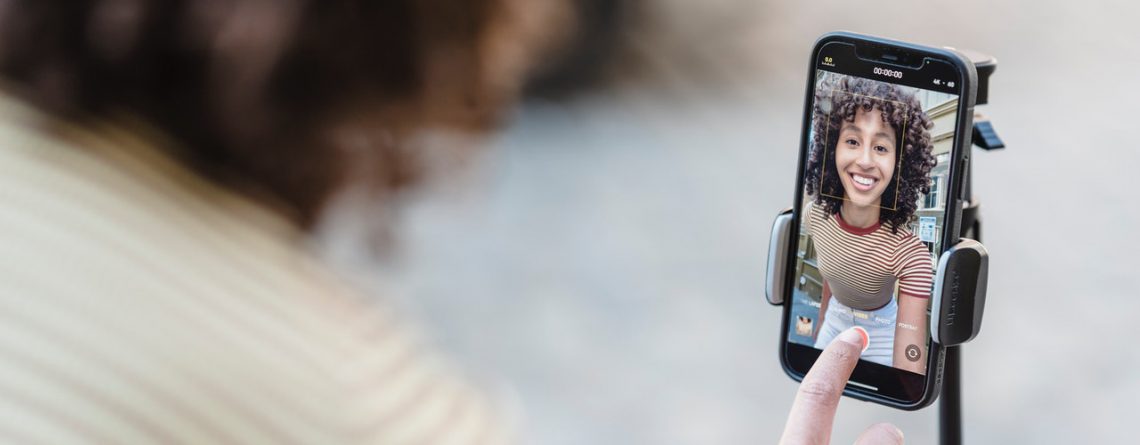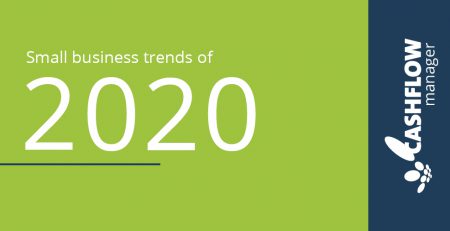How to Tap Into Influencer Marketing for Small Business + Infographic
Small businesses looking to up their brand awareness, make more sales and share their story without spending a fortune can’t go past influencer marketing. Influencer marketing allows savvy small businesses to leverage both the reach and the influence of specific content creators on social media to promote their own brand.
What started as a mere buzzword has now grown into a multi-billion-dollar industry. But don’t be alarmed – it’s also one of the most accessible and affordable forms of marketing out there.
Check out our infographic below which simplifies the types of influencers out there. Plus, we explain why influencer marketing could be the perfect way to supercharge your business’s growth.
Types of influencers explained
Like any new emerging market, influencer marketing for small business has changed rapidly in just the past few years. Previously, influencers were limited to celebrities, well-known personalities or popular youtubers. Now, the market for influencers has exploded to include thousands of subsections. Influencers work in entertainment, fashion, lifestyle, beauty, gaming, design, music and much more.
What separates influencers from regular users is not the amount of followers they have, it’s their perceived credibility on a topic. If you have an interest or a hobby, chances are there’s an influencer that specialises in that area. These ‘social leaders’ realised they could monetise their influence and began partnering with businesses in exchange for cash, discounts and free merchandise.
This resulted in a huge growth and opened the door for small businesses to get involved. Our infographic explains the different types of influencers – and how they relate to small business marketing.
What makes influencer marketing so potent?
With half of the world in 2020 using social media, the reach of influencers continues to grow year on year.
Not only that, but two thirds of consumers now use ad blockers. This poses a significant problem to online advertising. Yet, social media influencers can skirt around these technologies that are slowing down tradition online advertising.
On top of their extensive and targeted reach, research in 2019 found that influencers also have the power to impact purchasing behaviour. Rakuten Marketing found that a whopping 88% of consumers made a purchased that based on a recommender by an influencer.
Businesses are catching on and the industry is set to grow to approximately $13.8 billion by the end of 2021.
Grow, share, repost, repeat
As a small business or sole-trader, one of the greatest challenges you face is getting the word out there about your products or services. No matter how good your business is, if no-one knows about you it can be impossible to grow.
Luckily, this is an influencer’s bread and butter.
They have an established audience (i.e. their follower count) who are engaged and interested in what they have to say. Note: We’ll talk more about the importance of ‘engagement’ later.
Paying influencers to share not just your products but also your company’s story and values can have an immediate and measurable impact your small business.
Value for money
Many marketing avenues, such as physical advertising, commercials, and even google ads can be expensive or require significant upfront investment. Often, small business owners feel like lack the required marketing knowledge to run their own campaigns – and also cannot afford to work with expensive marketing agencies.
Influencer marketing allows small businesses to set their own budget by choosing which influencers to work with. In fact, the majority of brands still tend to give away free product samples (or give discounts on more expensive products) rather than paying cash to their influencers.
Having said that, like any campaign, planning your spending and setting goals is important. So, expect to spend a little bit of time researching and planning to get the most bang for your buck. Also, it can be handy to use small business accounting software like Cashflow Manager to quickly understand your finances and know beforehand how much your marketing budget may be.
Another advantage of this type of marketing is that, unlike search engine marketing, any content that is produced by an influencer tends to stay online and visible long after the campaign has ended. Be aware, it may be necessary to include this as a condition in the contract.
New content, new you
Another benefit of this type of marketing for small businesses is that it can produce high quality content ideas for your own social media channels. Reposting, sharing or even account takeovers can
This will all depend on the approach you take. There are a few different types of partnerships that all yield different types of content. Here are a few examples –
- Influencer takeover
This generally involves allowing a chosen influencer to take the reigns of your social media account/s. While it can be a bit scary to release some control over your accounts, takeovers are a very effective way to introduce new audiences to your brand while breathing new life into your content.
- Giveaway
Who doesn’t love free stuff? Here, the influencer will host a giveaway of your product. This is a popular route for many small businesses because it’s a cost-effective way to spread good will and awareness. Double down on the value by encouraging entrants into the giveaway to follow your social media accounts.
- Sponsored content
A sponsored post is a collaboration between you and the influencer. This can be as simple as an Instagram selfie featuring your product and a link to your business in the caption. Just negotiate some guidelines with the influencer (type of of post, tone of captions) and let them handle the content creation.
- Unboxing or “haul”
Another very popular choice for small businesses. Simply sending free products to an influencer and encouraging them to post an unboxing or haul video can be a cheap and easy way to generate content as well as buzz. However, if you’re sending products away without any contract in place, there is no guarantee you’ll ever hear back.
Size isn’t everything
When it comes to choosing which influencer to work with, the good news is that larger (and consequently more expensive) influencers aren’t always the best choice.
You would be forgiven for assuming that the highest engagement levels come from the mega-influencers, many of whom have entire teams of people creating and curating their content. However, data shows that nano and micro influencer generate the highest percentage of engagement across all social platforms.
While finding influencers is the most significant challenge for businesses who run their own campaigns, it appears to be becoming less of a problem. You can find them organically, or even subscribe to a platform like The Right Fit or Heepsy.












Leave a Reply